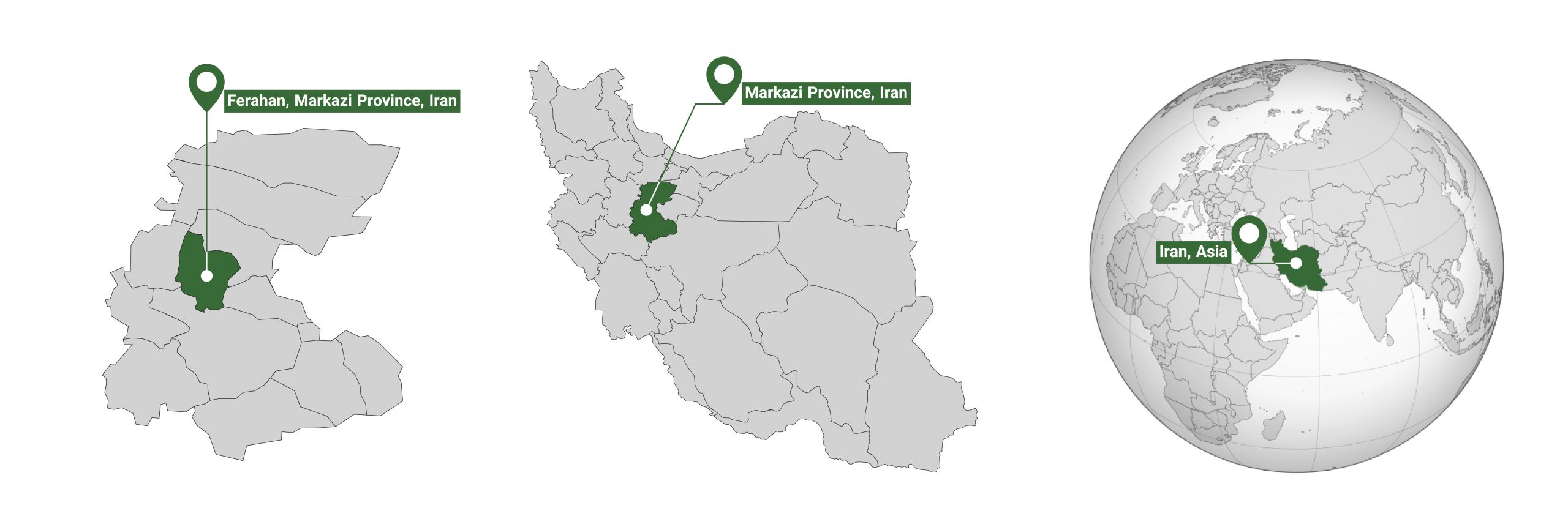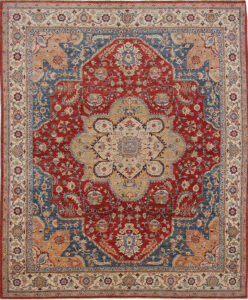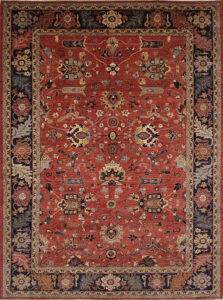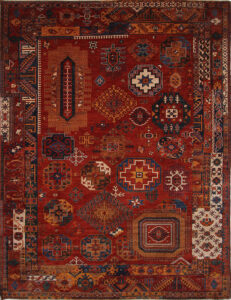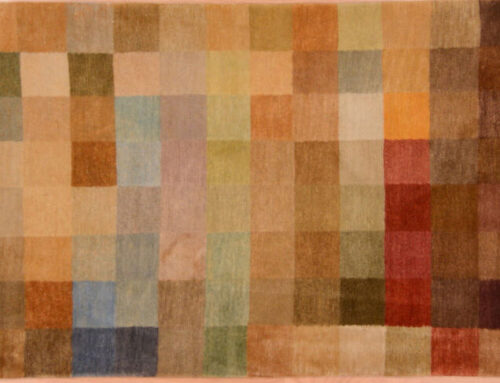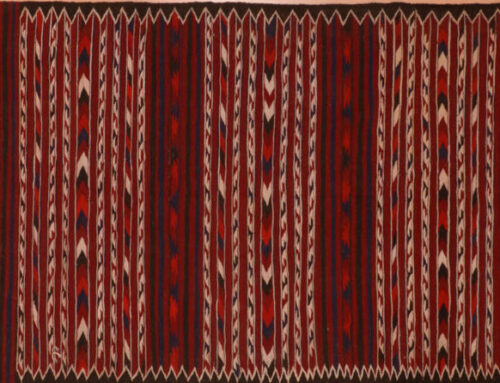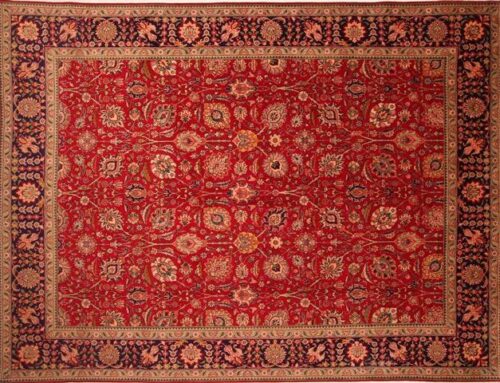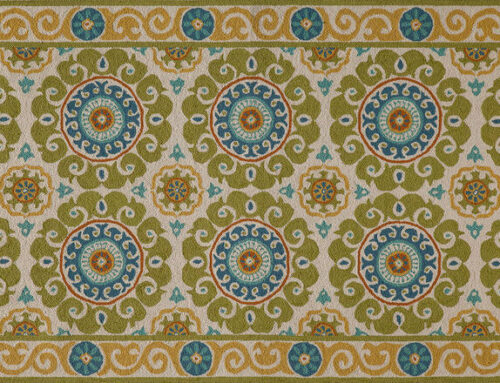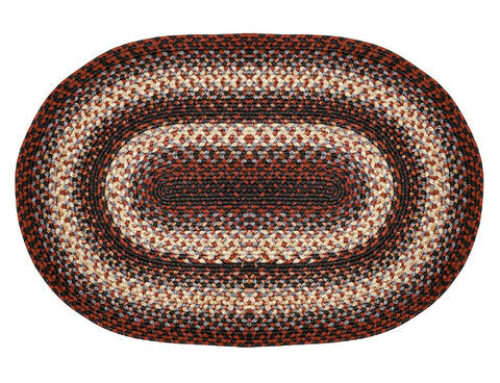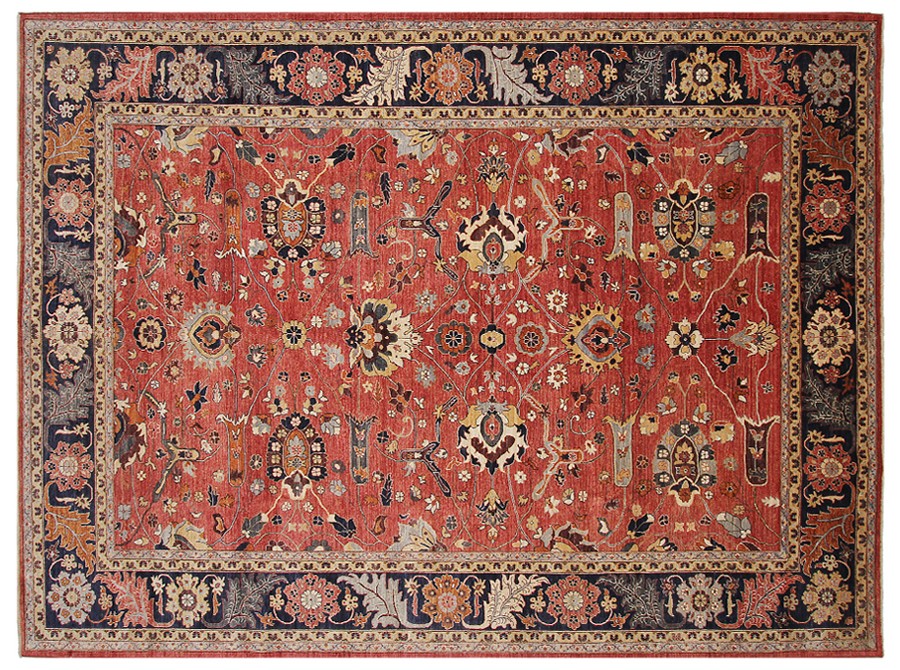
Origin of Ferahan Rugs 1
Ferahan, also spelled Fereghan, is a region in the north of the Markazi (formerly Arak) Province, located in west central Iran.
History of Ferahan Rugs
Ferahan rugs and carpets are known in the market from the midnineteenth century. Ferahan is known for its many towns and villages that produce carpets, notably Cheshmeh, Mohajeran, Sarouk, and Sultanabad (renamed Arak). In the antique market, any fine carpet woven during the nineteenth century from the Ferahan region carries the Ferahan name. Zili Sultan rugs from Mohajeran and Sultanabad are also associated with Ferahan. With the high demand for Oriental carpets from the West during the 1920s, many Ferahan towns and villages adapted their weaving qualities and designs, but they marketed their weavings with their own location without adding the Ferahan name. An example, Ferahan Sarouks became known as just “Sarouks”; in America, as they were the number one choice for consumers, the rugs were also called “American Sarouks” in the trade.
The most well-known Ferahan carpet in the antique market is the Ferahan Sarouk. They were produced in great quantity for the European, American, and domestic markets. Ferahan Sarouks were made beginning in 1880, with a tightly woven double weft. Ferahan Sarouk formats range from small mats to oversize carpets.
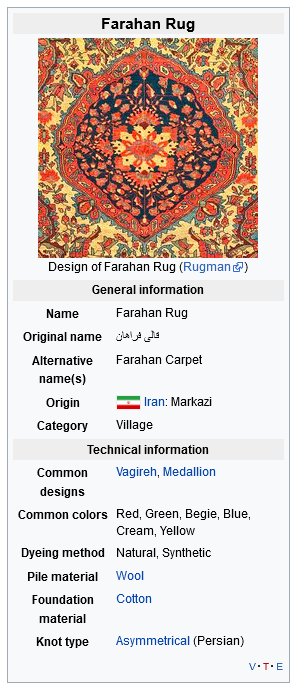
Ferahan Rug Infobox | © WikiRug
Zili Sultan rugs are another example of fine weavings produced in Ferahan during the last quarter of the nineteenth century. They are known for their very fine quality of weave, the size (approx-imately six feet by four feet), and the mostly ivory-colored background.
Another characteristic Ferahan type is from the village of Cheshmeh. The sizes found in the antique market range from approximately six feet by four feet to small room dimensions, along with runners and gallery formats.
Another important but rare woven product was the Ferahan silk rug made between the second half and the turn of the nineteenth century. They are valuable in the antique market and are in demand by collectors and consumers. Another rarely found Ferahan type from the same period has multicolored silk warp threads with a wool pile, and those were made very fine in grade quality.
Characteristics of Ferahan Rugs
-
Material and Knots
Excluding the rare pieces with silk foundations having silk or wool piles, all Ferahan area rugs have a cotton warp and weft and a wool pile. The Persian (asymmetric) knot is invariably used in all weavings. They are made from very good to very fine in grade quality.
-
Color
Ferahan Sarouk carpet backgrounds are reds, ranging from brick-red to peach in coloration. A lesser percentage of carpets with dark blue or ivory backgrounds were also produced. These three colors were interchangeable between the border and field. In addition to these colors, different shades of blues, gold, greens, cinnamon, and browns were applied for the medallion, design motifs, and outlines.
-
Design and Pattern
The designs of Ferahan Sarouks are semifloral, mostly in a medallion style, with four medallion quadrants in the corners of the background. The design motifs are flower heads with leaves and vines in the field and borders. A low percentage of allover designs were made, with Lattice, palmette, or the popular flowers with leaves and vines. Wild animal motifs were also included in some carpets. Smaller Ferahan rugs were woven in dimensions ranging from approxi-mately five feet by three feet to seven feet by four feet and feature the Mihrab (prayer arch) with or without columns with Vase motifs in the field, allover flower bouquets, the Tree of Life, animal and bird motifs, or, occasionally, unique pictorial designs.
One of the popular rug designs was an allover style with a repeating Vase and flowers pattern featuring a bird on each side. This design was named after the crown Qajar prince of the period, Zili Sultan, who initiated designs that had European influences and were suitable for the Western markets. Other traditional allover designs made were the Herati (fish), Minakhani (rosette-linked trellis), Vase, and palmettes. The borders are narrow and are considered a frame for the rug.
The designs of Cheshmeh rugs were in a Herati or Mustafi style on a dark blue background. These weavings were made with narrow borders and a deep green field border. The Charkhfellek (windmill) pattern is also popular in Chesmeh and other Ferahan-area weavings.
Ferahan silk rug were woven in a fine grade quality with various traditional designs in an angular floral style.
Collections
- Ferahan Rug | © Rugman
- Ferahan Rug | © Rugman
- Ferahan Rug | © Rugman

